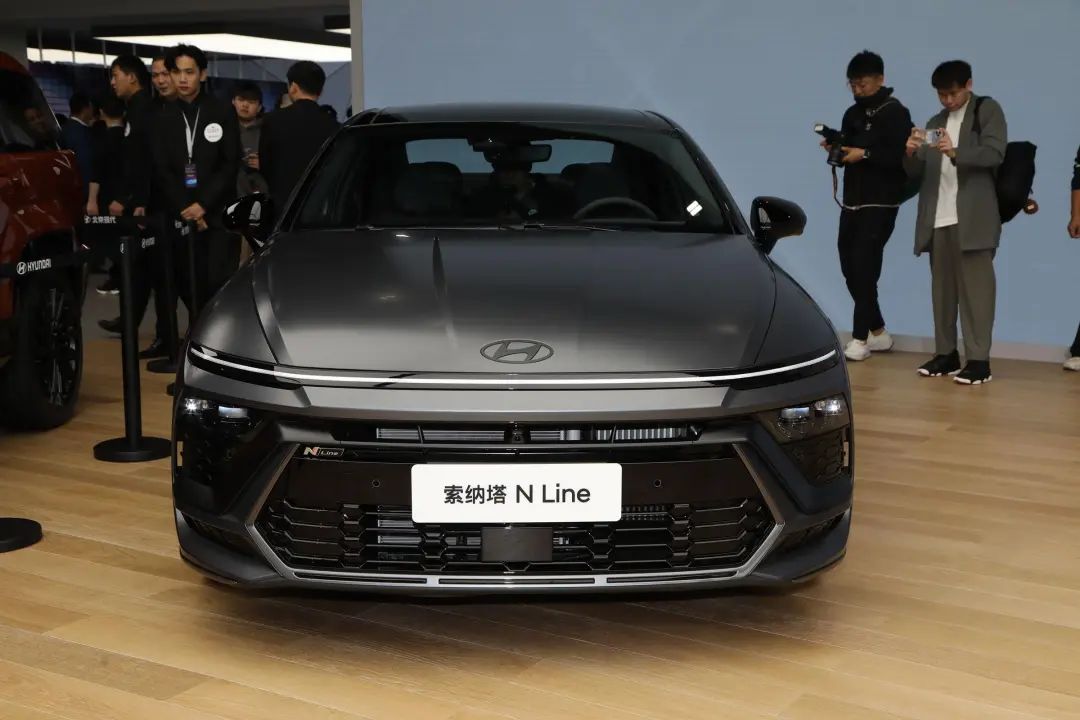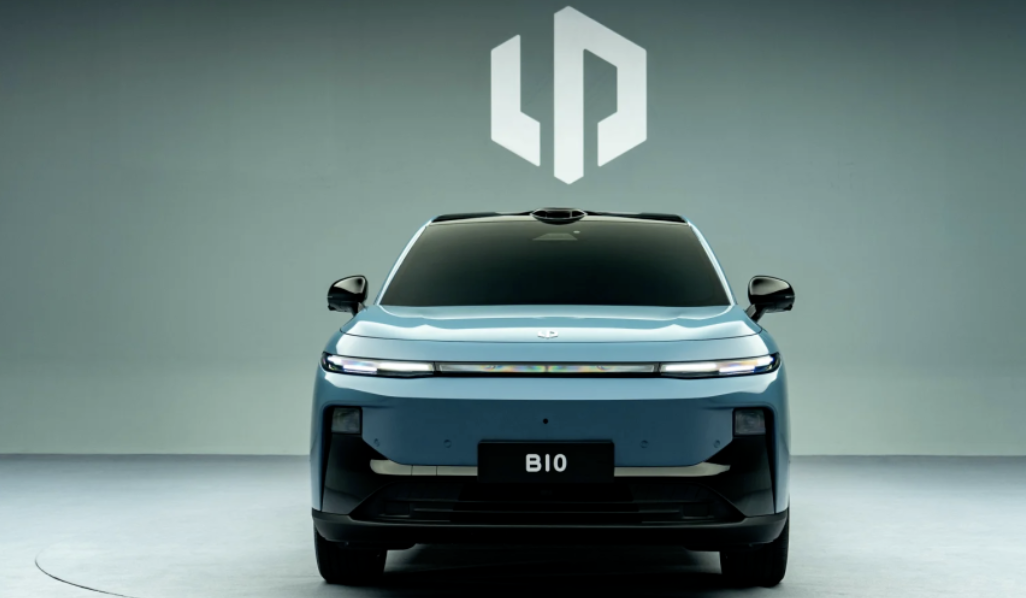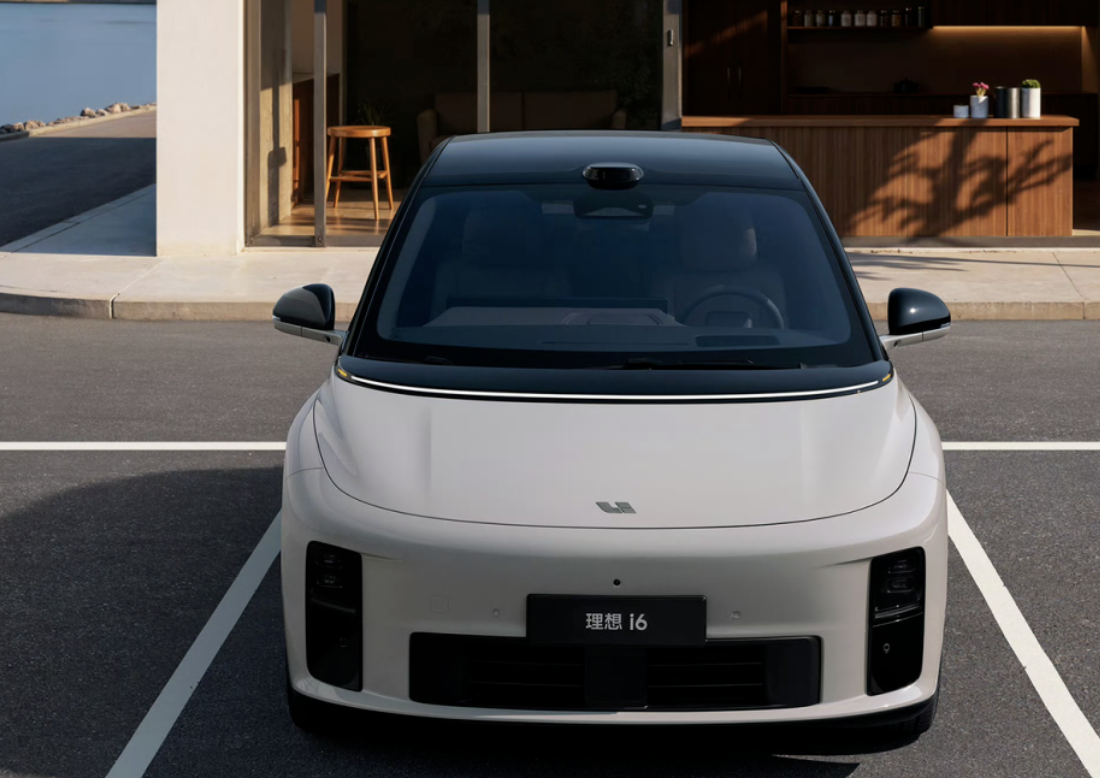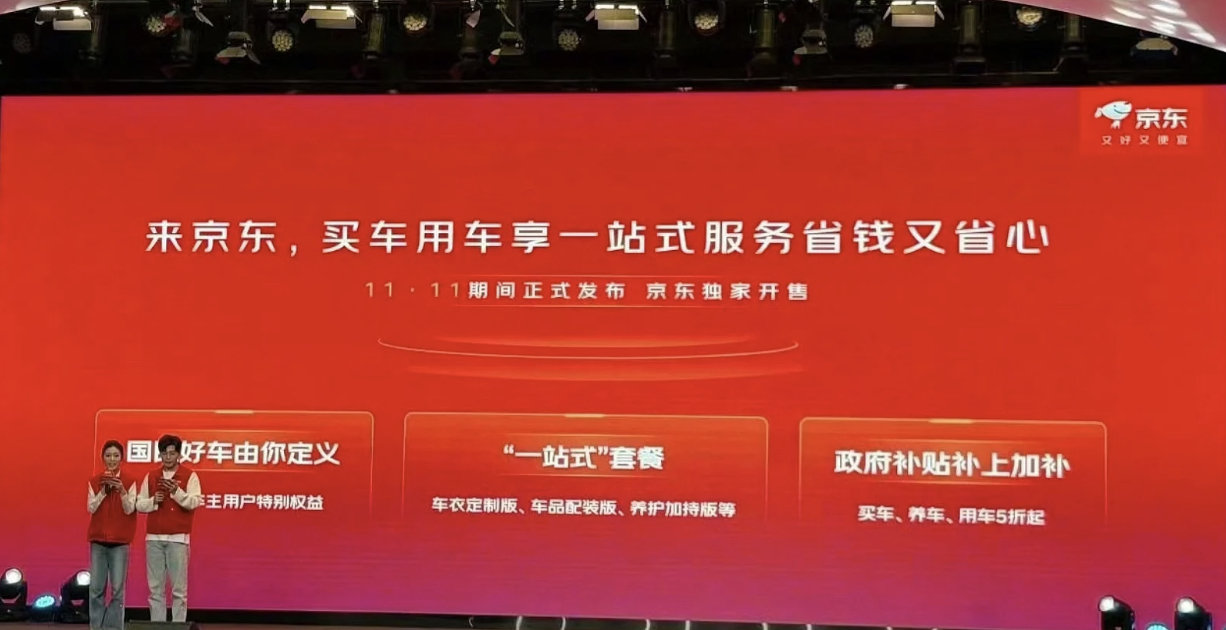The 11th-generation Sonata of Beijing-Hyundai Motors has been listed, and the price has dropped.
March 26, the 11th-generation Sonata of Beijing Hyundai was officially launched. There are 6 models in total, including 1.5T models divided into Air, Pro, and Max, priced at 139,800-162,800 yuan, and 2.0T models divided into N Line Air, N Line Pro, and N Line Max, priced at 163,800-186,800 yuan. For comparison, the starting price of the 1.5T of the 2020 Sonata is 161,800 yuan, which is 22,000 yuan lower, and the starting price of the 2.0T is 183,800 yuan, which is 20,000 yuan lower. It is understood that the 11th-generation Sonata adopts a new exterior and interior design. In terms of power, it provides two power combinations of 1.5T + 8AT and 2.0T + 8AT for consumers to choose from.
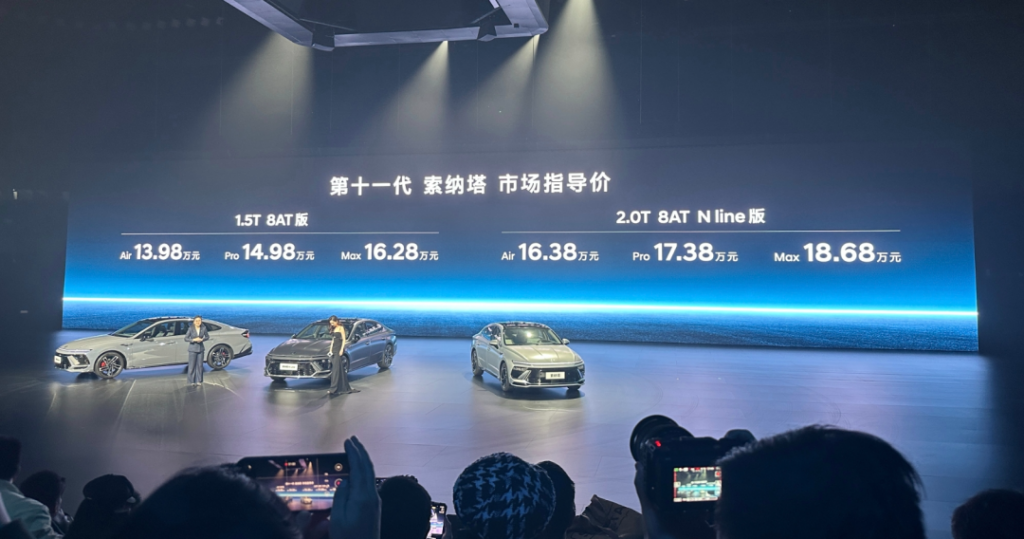
In terms of appearance, the 11th-generation Sonata adopts a new design language. The new car’s front face adopts a large-sized trapezoidal air intake grille, and the front grille and front bumper form an integrated design effect, which is more recognizable. The headlight group adopts a split design, and the upper daytime running lights are equipped with a through-type LED light source, matched with a large-sized trapezoidal air intake below, and the front grille and front bumper are integrated into one design. It is understood that the new Sonata will provide two versions for consumers to choose from, the normal version and the N Line version, the latter mainly黑化 the details in the appearance to make it look more sporty.
On the side of the body, the new Sonata adopts a coupe-style body. The roof is pressed down from the front row to the back, and the body profile is not much different from that of the current model. The rear part of the car, the new Sonata’s tail shape is sporty, using a through-type taillight group, as well as a black small ducktail spoiler above the taillight, with a black coating on the bottom of the rear bumper, which increases the sporty and layered feel. In addition, the N Line version of the vehicle adopts a双边 four-exhaust layout, which is more sporty, while the 1.5T model does not use an exposed exhaust. In terms of size, the length, width, and height of the new car are 4945/1860/1445mm, and the wheelbase is 2875mm.
In terms of the interior, the new Sonata adopts an integrated screen design composed of a 12.3-inch dashboard and a 12.3-inch central control screen, combined with a new style of three-spoke multi-function steering wheel, making the car look very textured. At the same time, the car also adopts a new shift-by-wire shift mechanism, equipped with a head-up display, a 12-speaker Bose Premium audio system and other configurations. It is understood that the 1.5T model is equipped with two seat colors, obsidian black and comfortable gray, and the 2.0T model is equipped with a speed gray (with red stitching) color.
In terms of power, the 11th-generation Sonata will offer two engines, a 1.5T and a 2.0T. Among them, the maximum power of the 1.5T engine is 170 horsepower (125 kilowatts), and the peak torque is 253 Newton meters. It is matched with an 8AT transmission. The 2.0T engine is paired with an 8AT transmission, and the maximum power of the engine is 240 horsepower (176.5 kilowatts), and the peak torque is 353 Newton meters.
The Sonata is a mid-sized car under Hyundai Motors and the first model produced in large quantities after the establishment of Beijing Hyundai. The Sonata offers two power options in China, 2.0L and 2.7L, with the 2.0L version being the most popular. Due to the relatively small demand for large-displacement models in the domestic market, the 2.5L model was later introduced to directly replace the 2.7L. In 2008, the Sonata simply stopped production of the 2.5L model, and the starting price dropped to 126,800 yuan.
The fifth-generation Sonata was produced in China until 2009, when it could no longer keep up with the development of the market. So, Beijing Hyundai independently developed Yuxiang (the sixth generation) and Lingxiang (the seventh generation) based on the fifth-generation Sonata to change the declining trend of the Sonata in the domestic market. However, as special models, the sales of these two generations in the domestic market were still poor.
In April 2011, Beijing Hyundai launched the 8th-generation Sonata, with a price range of 166,900-249,900 yuan, which reversed the sluggish sales and achieved sales of more than 100,000 units for two consecutive years. Although it still could not compete with models such as the Camry and Accord, it was indeed significantly improved compared to before. In March 2015, the 9th-generation Sonata was launched, offering three power options: 1.6T, 2.0L, and 2.4L, with a price range of 174,800-249,800 yuan. It was sold alongside the 8th-generation Sonata, and the two generations of models targeted different细分 markets and demographics. However, the sales of this generation of Sonata were still not good.
Five years later, Beijing Hyundai launched the 10th-generation Sonata, with a price range of 161,800-205,800 yuan. As a replacement model, the overall shape of the new car is more youthful, offering a powertrain combination of a 1.5T engine + 7DCT dual-clutch transmission and a 2.0T engine + 8AT transmission. However, the sales of the 10th-generation Sonata are also not optimistic, and the 10th-generation Sonata directly skipped the mid-term facelift. Data shows that the sales of the Sonata in 2022-2023 were 5,138 vehicles and 2,966 vehicles respectively.
From the perspective of the exterior design, the 11th-generation Sonata does look much better, and the price is also quite sincere. It depends on whether consumers are willing to pay for Korean cars. As a mid-sized car, the Sonata’s competitors include Toyota Camry, Honda Accord, Nissan Teana, Volkswagen Passat, etc. Among them, Toyota Camry and Honda Accord have both completed a generational change, and compared with Toyota, Honda, and Volkswagen brands, the biggest advantage of the Hyundai brand is only the price. If even the price advantage is not there, probably not many consumers will be willing to pay. At the same time, the rise of domestic brands has also added a lot of pressure to the Sonata, especially in the context of electrification. In the future, it will not be easy for the Sonata to gain a foothold in the domestic market. It is obviously not a long-term solution to reverse the sales decline through generational changes.
